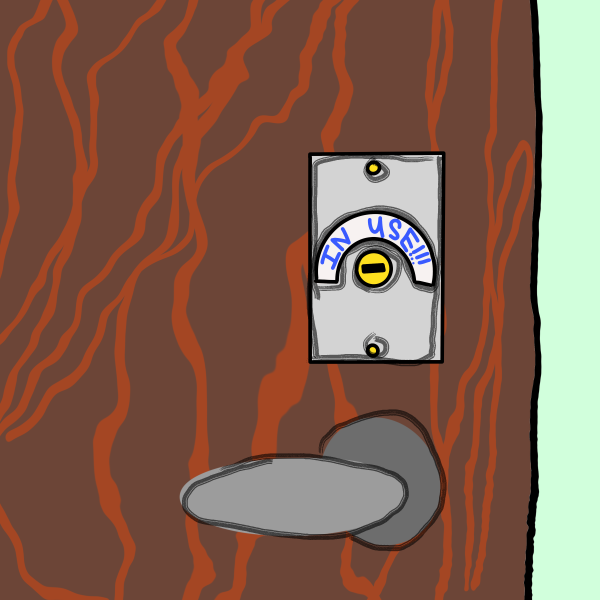Homebase for a Chronic Condition
The ups and downs of dealing with diabetes on a college campus.
My name is Hanna, and I am a Type 1 diabetic. It isn’t often that I introduce myself to people in this manner; many people who know me do not even know that I live with this disease.
Type 1 diabetes is an autoimmune disease in which the patient’s pancreas produces little or no insulin. Insulin is required to allow sugar (glucose) to produce energy in the body. As a diabetic, I am playing the role of my pancreas for my body. Unlike Type 2 diabetes, Type 1 is not caused by lifestyle choices or obesity. I was born with diabetes, and there was no way I could have prevented it.
Within the community of the chronically ill, it’s recognized that people who fall under the category of what is considered “normal” health-wise (no life-altering health issues) will never understand what life is like for us. This is frustrating because it causes many uneducated assumptions to be made about diseases. While people cannot be blamed for having functioning bodies, it is their responsibility to inform themselves. Ignorant swipes made about my health are annoying, but what is more important is how I am treated. Part of that comes down to how I feel at the place that I call home – for now, that’s Hamline.
A huge part of picking a college for me was finding somewhere that I could be comfortable as a diabetic. How many urgent cares are nearby? What are the health services like on and around campus? These are not common concerns for the average college student.
Hamline checked all the boxes on my list, health-related and otherwise, but something I failed to consider was the community. After my first day, it dawned on me that I was not in my little hometown bubble anymore. People at Hamline hadn’t grown up with me and didn’t know I was diabetic. What terrified me the most about this was that I didn’t want people to associate me with my disease. I didn’t want to go around introducing myself like I did in the first sentence, but I also didn’t want to hide my diabetes from other people. I was worried that I wouldn’t be able to find a balance, and that people would not understand.
The Hamline population did not fail me. A perfect example of this happened to me the other day. I wear an insulin pump to monitor my diabetes. It is attached to my body by a thin strip of plastic tubing. The pump has a clip on the back of it, which attaches to the waistband of my pants. I was crossing Snelling in order to get to work, and walking at a brisk pace. Before I knew it, my pump completely detached from my body, and went tumbling to the ground. Pieces of it flew everywhere. I was able to scramble and find every piece aside from its small battery cap. Without the cap, I can’t keep the battery in my pump. Without the battery, my pump doesn’t work.
I explained what happened to my co-workers, and one of them suggested that we go outside and look for it on the street. I was doubtful that we’d find it, but I played along anyway. Lo and behold, the cap was lying there, completely unharmed. If not for my co-worker, I probably wouldn’t have gone back out to check for it. I would have assumed the worst. This further confirmed that Hamline is the best place for me to be as a diabetic, simply because of the people. In order to support someone with a chronic condition, the importance lies less in a full understanding of the condition and more in how you treat them. I feel good waking up every morning knowing that I won’t be thought less of because my pancreas





